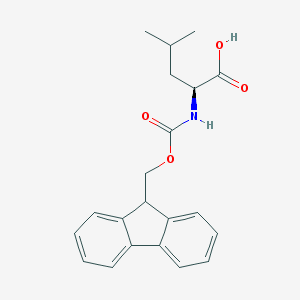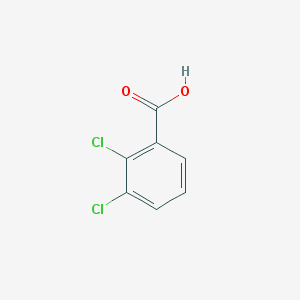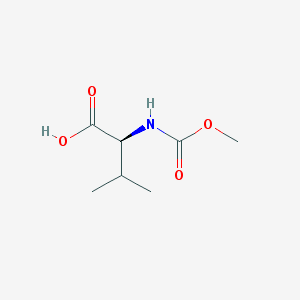Some of the most pressing threats facing chemical manufacturer today

After 10 years or more of economic growth, the global chemical industry is preparing for a possible global economic downturn. Concerns about the economic slowdown in the United States, the security of future energy supply, and the increasing regulatory burden in many regions have exacerbated the general impression that difficult times may still be ahead. In the past, this difficult period has often proved to be an opportunity for chemical manufacturer to take advantage of their advantages and maintain profitability through innovation. Although these opportunities have been fully elaborated in C & I and other publications, the potential threats have not been fully explored. Some of them seem obvious. For example, the impact of the current turmoil in global financial markets remains to be seen. Due to climate change, more and more regulations will be imposed on the industry. Of course, in the foreseeable future, the oil industry will have to endure high oil prices. However, many oth...


